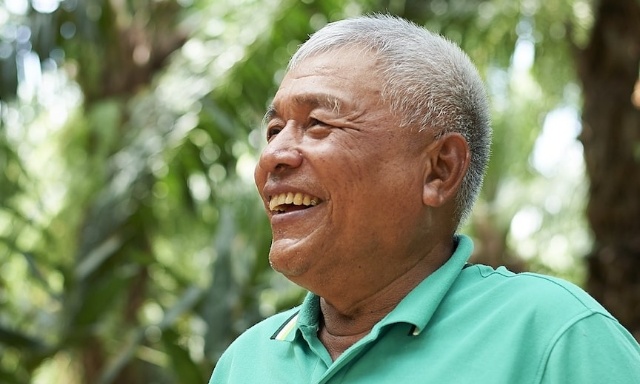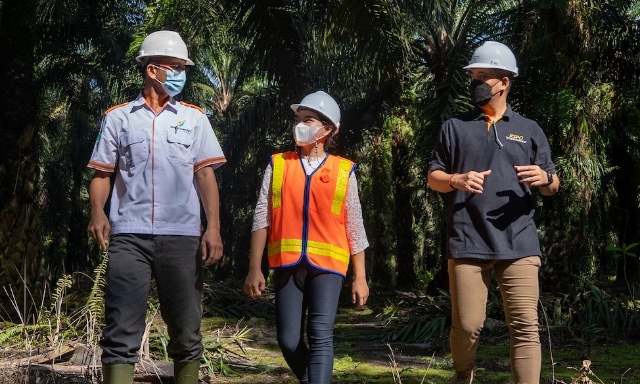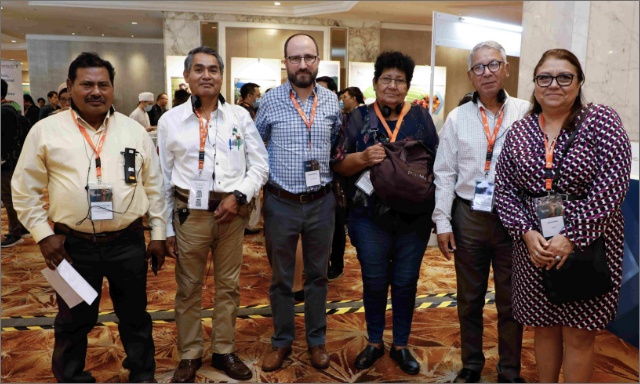The Environmental Investigation Agency (EIA) has recently published a report titled Double Standards. RSPO deems the report inaccurate as well as containing some factual errors.
RSPO’s draft P&C 2018 incorporates the High Carbon Stock Approach (HCSA) in totality where clear procedures and guidance are in place. The draft RSPO P&C goes further in terms of its review of High Forested Landscape and the rights of communities in these areas. Additional provisions are proposed in areas with high forested landscape and where communities have clear community development needs identified through rigorous processes which include environmental and social protection principles.
While the HCSA is to be used in fragmented tropical forest landscapes, HCSA platform has itself stated that they do not wish for the for the tool to be used to halt deforestation in High Forest Cover Landscapes (HFCLs). We are in discussion with HCSA on how to align processes in terms of legacy cases, smallholder contexts, and development on community lands.
Deforestation and carbon stock loss in carbon rich areas such as Latin America, subtropical Asia and Africa are mainly caused by the expansion of intensive agriculture. Palm oil, soy and cattle grazing are among the top drivers behind this expansion. RSPO fully recognises the challenge of reaching 100% sustainable palm oil cultivation that respects biodiversity, natural ecosystems, deforestation, local communities, and workers in palm oil producing countries.
We have embarked on a journey to make market transformation a shared responsibility and to find common solutions to issues within the industry. This is mirrored in the governance structure of RSPO, through its multi-stakeholder representation, and through the review process of its Principles and Criteria (P&C).
See below for detailed responses to additional claims from the EIA report. For more information on the P&C Review, visit https://rspo.org/principles-and-criteria-review.
RSPO comments on specific points:
- RSPO has created loopholes for weakening the application of the HCSA in high forest cover (HFC) landscapes by inventing its own “HFC procedure”
The current draft RSPO P&C 2018 has yet to define HFCL. The ongoing 2nd public consultation process is an opportunity to do so. Discussions are also ongoing between RSPO and the HCSA, which may lead to the adoption of the 80% forest cover threshold for defining HFCLs within HFC Countries (HFCCs).
While the HCSA’s definition of HFC Landscape (HFCL) is applicable to all countries, the RSPO P&C review taskforce has decided that it wants to limit the adoption of HFCL to only High Forest Cover Countries, rather than to all countries. This means a strengthening of the HFCL concept rather than a weakening of it.
Furthermore, HCSA has not yet provided a solution for halting deforestation in HFCLs. To provide lasting solutions to deforestation we will need to:
– stay engaged in HFCLs
– avoid a vacuum of responsible actors and
– allow local stakeholders (particularly communities) to make their own participatory decisions on land use.
- The HCSA already has or is finalising methodologies allowing for its application in high forest cover landscapes in ways that address local community development and legacy cases.
The HCSA has so far released a position statement on HFCL and is in the early stages of developing its legacy procedures. In these early stages of work, RSPO and HCSA are in active discussions to agree on how to align legacy case procedures and other necessary guidance/definitions to tackle deforestation in HFCLs.
- More and more companies in the palm oil industry have leapfrogged the RSPO’s ambition by committing to implement their own ‘no deforestation’ policies outside of the RSPO system
RSPO’s assurance systems can enable the implementation and monitoring of private sector NDPE commitments. While every system can be improved, it allows for a level of transparency and verification that does not fully exist elsewhere. RSPO is now working with the HCSA to ensure that this can be realised as effectively as possible.
The proposed RSPO text for criteria 7.13 of the RSPO draft P&C 2018 is a much stronger version of the previous standard on deforestation. It proposes the adoption of the HCSA and provides strong, equitable solutions to deforestation in HFCLs within the framework of RSPO verification.
- High carbon stock forests are only required to be identified for New Planting Procedures (NPP) submitted after November 2018. This seems to allow companies which have already registered new plantings and started clearing, but not necessarily finished, to continue deforesting under the old RSPO rules.
This date represents the anticipated date for the endorsement of the RSPO’s revised P&C, therefore, new requirements must come into force at this point. Companies that have already registered new plantings and in various stages of plantation development will fall under legacy cases if these plantings are within HFCLs in HFC countries. Legacy case requirements are in fact considerably stricter than in the current RSPO P&C 2013. Outside of HFCLs in HFC countries, any company intending to be RSPO certified is not allowed to clear any forest after November 2018.
- No definitions given for ‘high carbon stock forests’ nor ‘high forest cover landscapes’
RSPO is adopting the definition of high carbon stock forests as defined in the HCSA toolkit and manual. With regards to the definition of HFCLs, there is a possibility that HCSA’s HFCL threshold of 80% forest cover may be adopted within the revised RSPO P&C, subject to ongoing discussions between RSPO P&C review taskforce and HCSA, and additional input during the 2nd public consultation of the draft P&C 2018, which is still open for public comments until and including 02 August 2018.
- Three of the eight HFC countries explicitly listed in the second draft P&C do not actually have over 60 percent forest cover
Based on RSPO’s review of existing datasets on forest cover, the Food and Agriculture Organisation (FAO) dataset was found to be not very accurate, up-to-date or reliable, given that the key data sources were national governments using their own methodologies, which may or may not incorporate the use of remote sensing technology. Preference was therefore given to recent estimates derived from remote sensing data based on more transparent methods for REDD+ or other forest cover studies conducted by independent researchers. Based on these datasets, Liberia and Myanmar were found to have more than 60% forest cover. However, in the case of Peru, RSPO has been notified by its consultant that there was a technical error and the country should have been excluded from the list of countries with more than 60% forest cover. A full list of references used for forest cover statistics are included in the HFC consultancy report which is available on the RSPO website.
Keep reading
Carry Over Credits for Certified Independent Smallholders Group
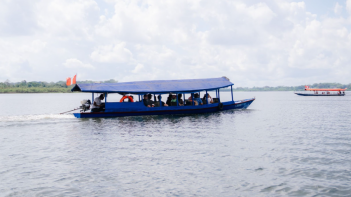
Latin American Smallholders and Global Brands met in the Peruvian Amazon to Advance Sustainable Palm Oil
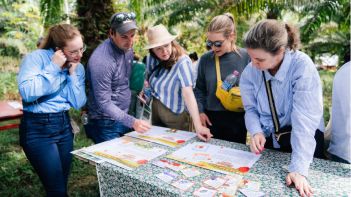
From the Amazon to the Aisles: Discovering Sustainable Palm Oil in the Heart of Peru
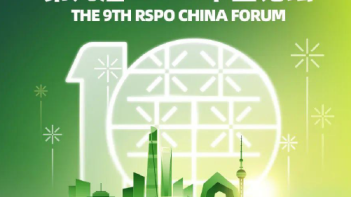
Global Trends of Sustainable Palm Oil and China's Pathway
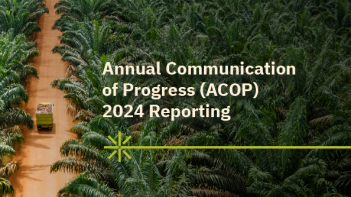
Final list of ACOP 2024 Non Submitters
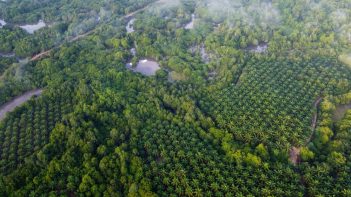
New ISEAL Case Study Identifies Pathways to EUDR Compliance in Palm Oil Sector
Call for Expression of Interest: Nigeria National Interpretation Task Force for 2024 RSPO Principles and Criteria (RSPO P&C) and Independent Smallholder (ISH) Standard
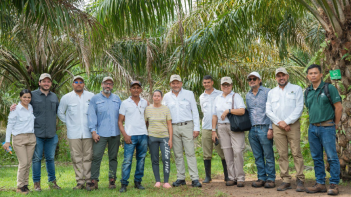
From Cocaine Processing to Cultivating Palm Oil: Resilience takes root in a Colombian community


